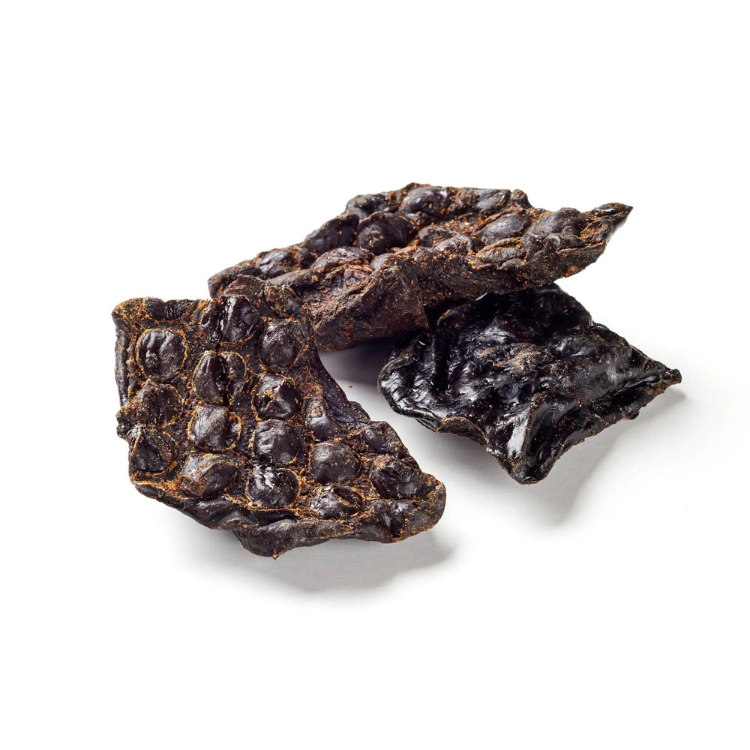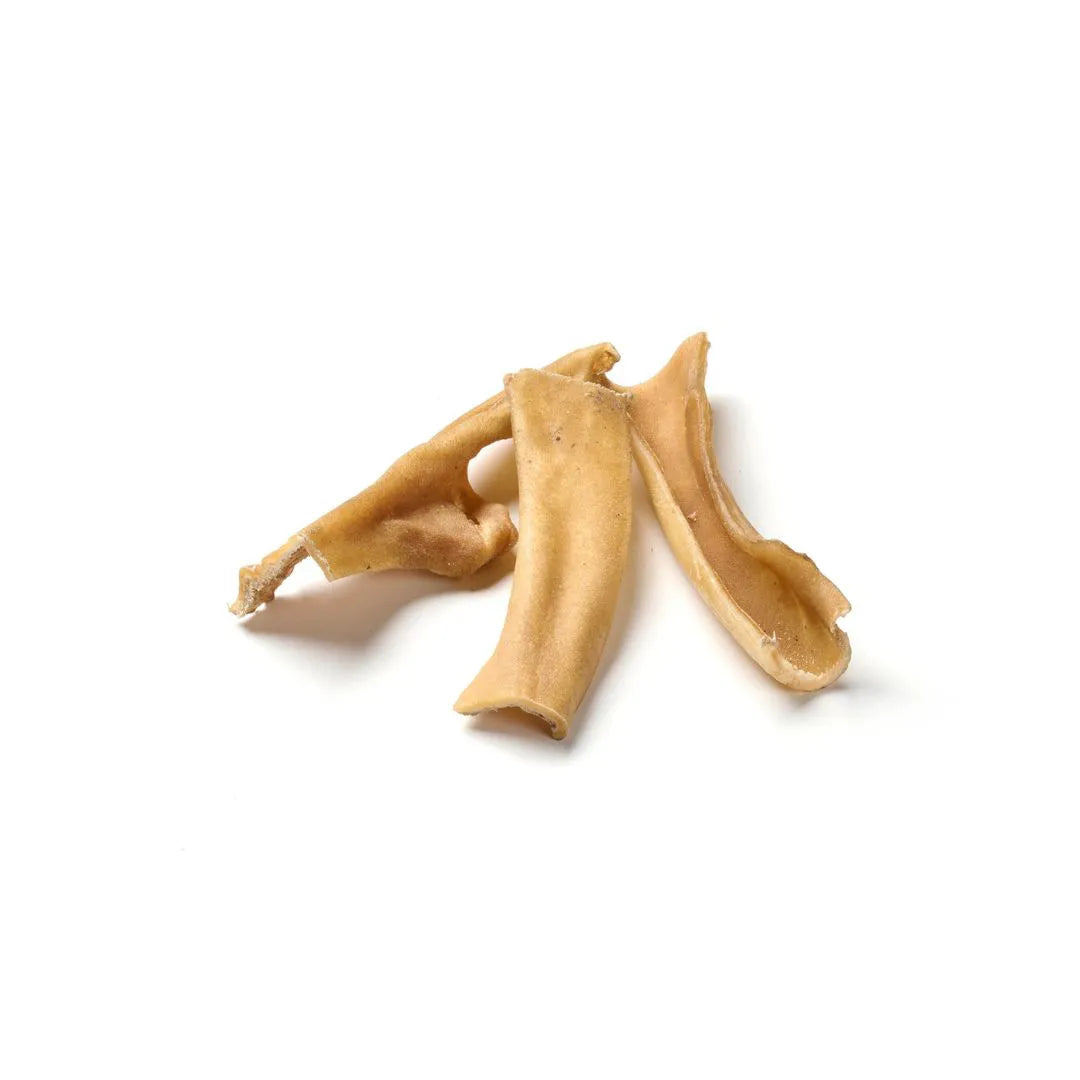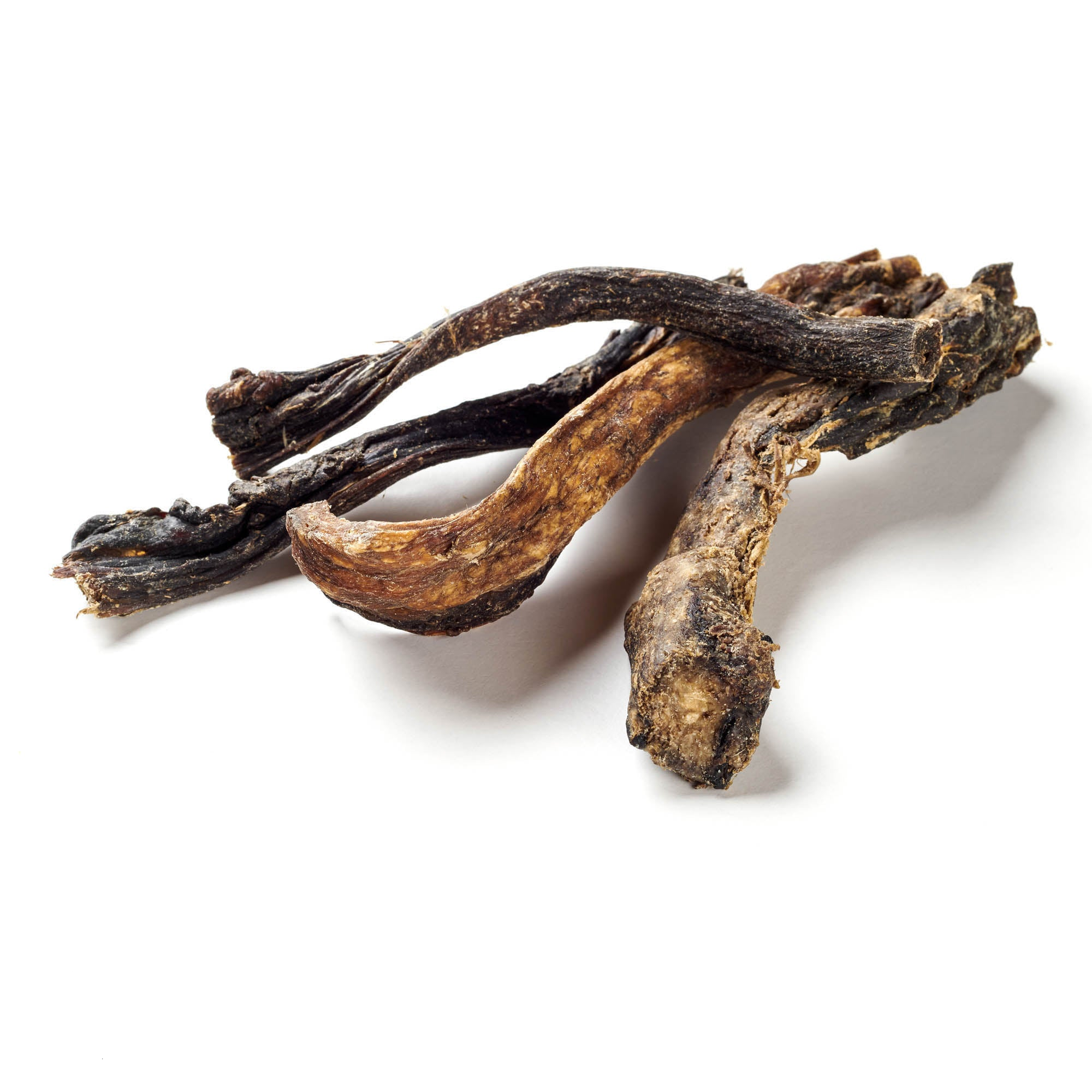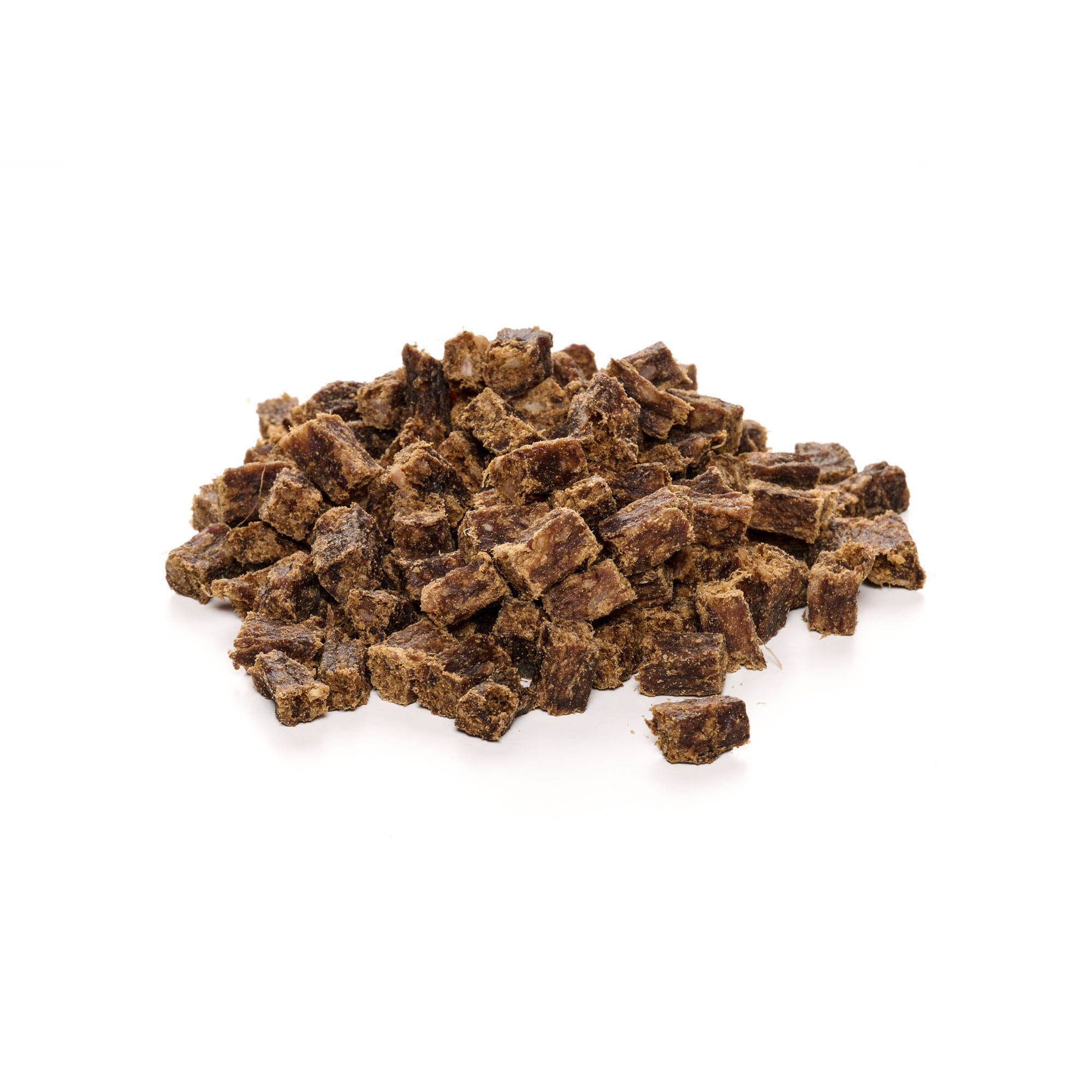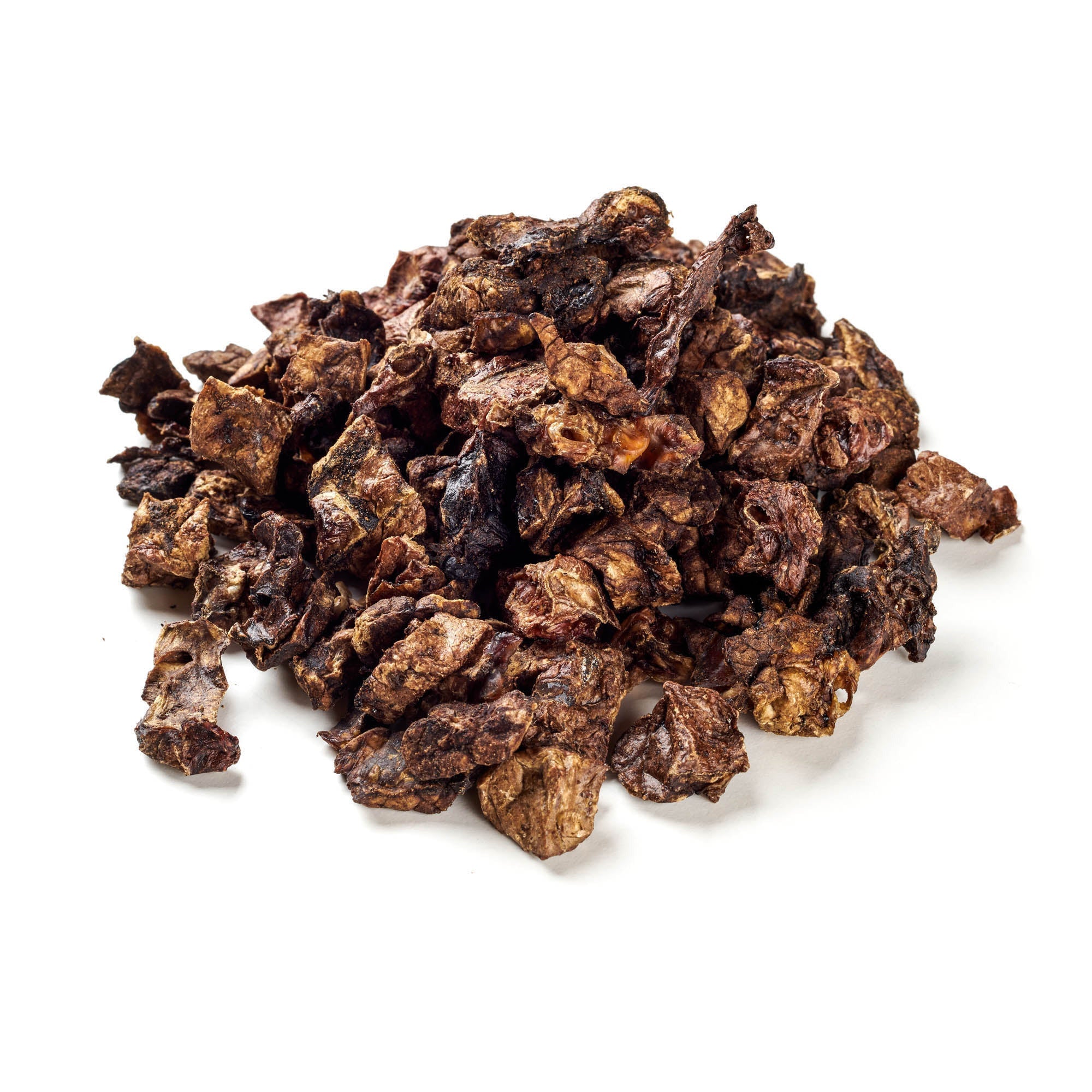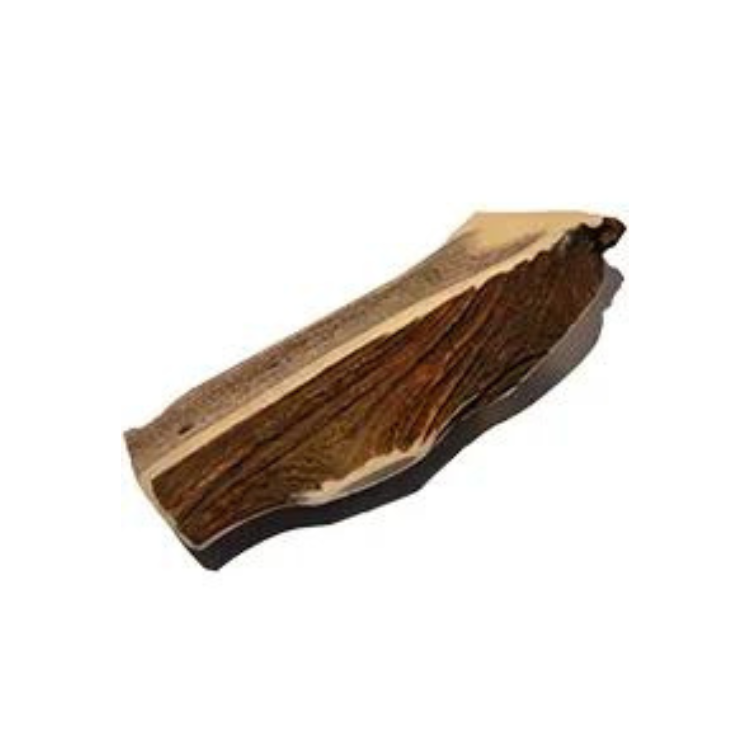
Dogs in winter - safe through the cold season
Share
When the cold season arrives and the temperatures drop, we unpack our winter clothes and are usually cozy and warm despite the cold. While some people look forward to snow, Christmas and winter sports, others would prefer to hibernate. Dogs often fall into the first category - they love winter.
In order to withstand the cold, there are usually particularly rich meals in winter and lots of body care in the form of lip balm or hand cream. Even with their thick fur, our dogs need special care and attention so that they can get through the winter healthy and happy.
Content: Dogs in winter
- What sub-zero temperatures can a dog withstand in winter?
- How long can my dog go outside in winter?
- Can dogs catch colds?
- Can my dog eat snow in winter?
- How can I protect my dog in winter?
- Conclusion
Treat your dog to something special with our chew products!
What sub-zero temperatures can a dog withstand in winter?
With an estimated 400 to 800 different dog breeds worldwide, it is impossible to establish a general rule. In general, dogs have fewer problems than we humans, but this does not go as far as many people think. At temperatures as low as 7°C it is too cold for most dogs and sub-zero temperatures are as life-threatening for them as they are for us humans. Of course, there are clear differences here. For example, a Bernese Mountain Dog can withstand the cold much better than a small terrier without an undercoat. Small dogs are generally at a disadvantage here. But in addition to body size, there are other factors that affect your four-legged friend's cold tolerance. The coat and whether it has an undercoat are of course quite important, but subcutaneous fat, body fat, age, activity level and physical condition are also decisive.
Using the following table, you can estimate which temperatures are tolerable for your dog:
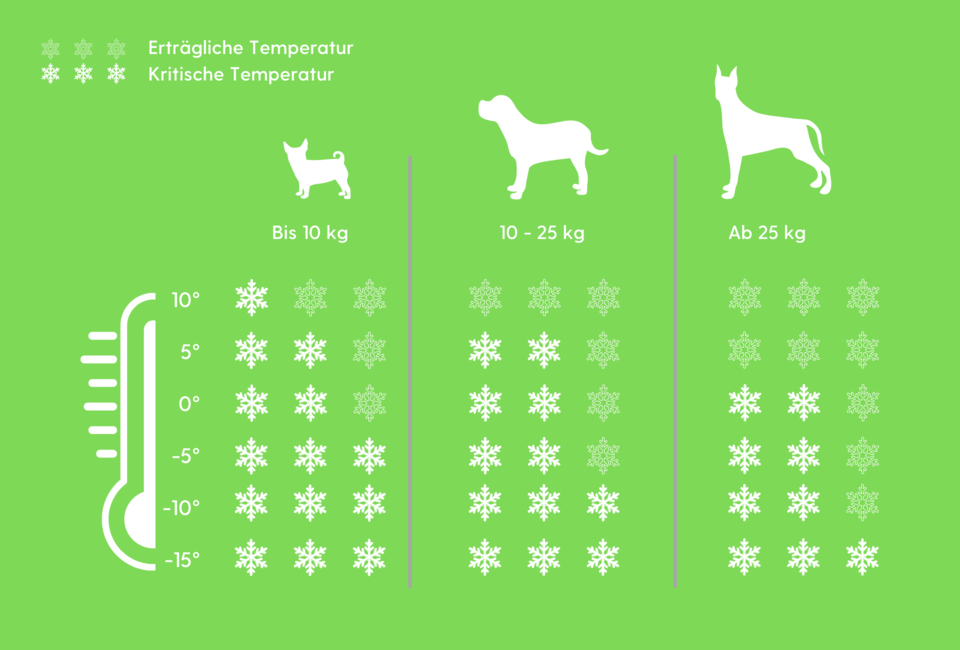
How long can my dog go outside in winter?
It really depends on what breed of dog we're talking about. Small dogs are definitely at a disadvantage because of their proximity to the ground. Dog jackets can help here - even if you think it's silly. Even dog shoes are worth considering, although many dogs won't be very happy at first.
Large dogs have fewer problems, especially the original dog breeds such as the Alaskan Malamute or Husky. These four-legged friends are used to very different temperatures in the far north and even stay outside at night - to protect themselves from polar bears.
In summer, it is often an issue when children or dogs wait for their charges in the car with the window closed, even in the greatest heat. But there is also a danger in winter - although not as great. In old cars in particular, there is practically no insulation and without the heating running it gets very cold very quickly. But modern cars also cool down quickly. So you should not leave your dog alone in the car for more than a few minutes.
High quality dog chews for your loyal companion available here!
High-quality dog chews for your faithful companion can be found here!
Can dogs catch colds?
Of course, dogs can also catch a cold - and that's not that rare. Especially when the cold is accompanied by wet weather. Even four-legged friends with thick fur should not stay outside for too long and should be dried off well at home. A warm, cozy place by the fireplace or heater is perfect for him. Avoid cold floors such as concrete or tiles. Thick blankets or even a dog bed are ideal here to keep him warm and safe. A dog bathrobe will also help him to get warm and dry.
Can my dog eat snow in winter?
Did you eat snow as a child and were then told not to do that? Many people will recognize themselves here when they forbid their dog from eating snow. And you should do the same, because (too much) snow on the menu is a health risk.
The snow could not only be yellow, but also contain other foreign bodies. The real problem, however, is the threat of inflammation of the stomach lining, also known as gastritis. Loss of appetite, smacking, stomach pain, vomiting and even bloody diarrhea can be possible symptoms. In the worst cases, it can also be fatal. If several of these symptoms occur after the snow fight, the dog should go on a diet for a day and be given lukewarm water to drink. After that, it can slowly be given dog food again. However, if symptoms persist, the gastritis should be treated by a vet. So don't hesitate to visit an expert.
How can I protect my dog in winter?
To ensure that you get through the coldest winter, you can prepare yourself and your four-legged friend and avoid the pitfalls of the cold. Depending on the dog, there are a number of things that can be done.
Nutrition
Mammals like us humans – and our dogs – need food, among other things, to keep our body temperature at a constant level.
External influences such as the freezing cold in winter obviously have an influence on this, so it is no wonder that we regularly store certain fat reserves in winter - whether we want to or not. Dogs that exert themselves physically in winter can have an increased need for calories. Dogs that are outside for a long time or that push themselves to the limit when sledding need energy-rich food. Finding the right amount here is not always easy. Weighing your dog regularly can help you find the right amount of food and identify both underweight and overweight early on.
Road salt - danger for dog paws & fur
Road salt is certainly essential for safe road traffic. But road salt is a real problem for dog fur and paws. Just as our lips often become chapped and dry in the cold, so do dog paws. If road salt then gets into the sore paws, it is certainly not pleasant.
Dogs react accordingly and lick their sore paws after going for a walk - which is absolutely not healthy for them. Paw balm or lanolin can help as a preventative measure. Apply a protective layer of the care product of your choice to the paws before going for a walk in ice and snow. You should also clean the paws thoroughly after walks.
If your dog has long fur between the pads of his paws, which regularly form clumps of ice in snowstorms, you can also trim this fur.
Shoes for dogs?
Many dog lovers also recommend dog shoes to go with a dog jacket. However, most dogs don't need them if they are well protected with paw balm. They also take a lot of getting used to for almost all dogs. However, with a little patience, your four-legged friend will get used to them. So if your dog has particularly sensitive paws, dog shoes would provide the necessary protection from road salt and cold.
If you go for a walk with your dog in winter, you often do so in complete darkness. A headlamp is not the only thing that helps, but also an illuminated collar or a reflective vest for your dog. This way you will not only find your dog more quickly, but other people will also be “warned” about your dog.
If your four-legged friend runs away from time to time, a GPS transmitter for dogs can be a worthwhile investment. Once you get home, a dog bathrobe or a dog sweater is a great addition for cold and wet winter days. There are even heated dog beds that help old and sick four-legged friends in particular to get through the winter.
Conclusion
Winter can be long and, with its relentless cold, challenging for the body and mind. However, with the right preparation and equipment, you and your dog will be well prepared for winter. A good jacket or paw balm can make winter a great and safe experience for your dog.
Delicious dog snacks for pure enjoyment are available from us!

